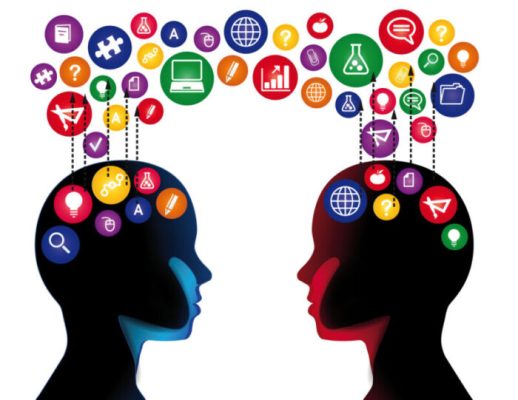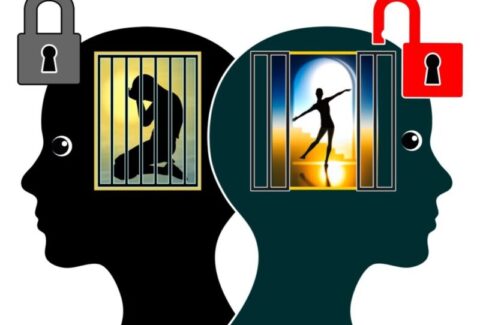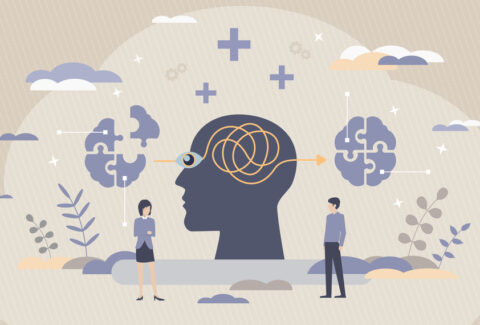The Power of Social Learning: Connecting Theory to Contingency Management

The Power of Social Learning: Connecting Theory to Contingency Management
Social learning theory[1], developed by Albert Bandura[2], emphasizes the importance of observing, modeling, and imitating the behaviors, attitudes, and emotional reactions of others. This theory posits that learning occurs in a social context and can happen purely through observation or direct instruction, even in the absence of motor reproduction or direct reinforcement. Integrating social learning with contingency management offers a comprehensive approach to behavior change, harnessing both observational learning and structured reinforcement.
The Fundamentals of Social Learning Theory
Observational Learning:
Central to social learning theory is the concept of observational learning, where individuals learn by watching others.[3] This involves attention, retention, reproduction, and motivation. For instance, a child learns social behaviors by observing parents, teachers, and peers.
Modeling:
Modeling is a core component where individuals imitate the actions of others. Effective models are usually seen as competent, powerful, and engaging.[4] Models can be real people, symbolic (such as characters in books or films), or verbal instructions.
Reinforcement and Punishment:
While social learning highlights the role of observation, reinforcement[5] and punishment also play a crucial role. Positive and negative outcomes observed in models can influence the likelihood of an observer adopting similar behaviors.
Self-Efficacy:
Bandura introduced the concept of self-efficacy, the belief in one’s ability to succeed in specific situations. High self-efficacy can enhance learning and motivation, while low self-efficacy can hinder them.[6]
Social Learning in Practice
Education:
Teachers use social learning by demonstrating behaviors they want students to adopt. Group activities and peer learning environments also facilitate observational learning.
Parenting:
Parents serve as primary models for children. By demonstrating positive behaviors and reinforcing them, parents can instill desired behaviors in their children.[7]
Media:
Media and entertainment are powerful tools for social learning. Characters in TV shows, movies, and books can influence behavior and attitudes by providing models for viewers to emulate.[8]
Integrating Social Learning with Contingency Management
Complementary Approaches:
While social learning emphasizes observational learning and modeling, contingency management focuses on structured reinforcement (positive and negative) to shape behavior. Combining these approaches provides a robust framework for behavior modification.
Enhancing Observational Learning with Reinforcement:
In a contingency management setting, individuals can observe peers receiving reinforcement for desired behaviors. This not only provides a model to emulate but also highlights the tangible benefits of adopting certain behaviors.
Structured Modeling and Reinforcement Programs:
Programs that integrate social learning and contingency management can structure environments where individuals observe positive behaviors being reinforced. For example, in a classroom, students can see peers rewarded for participation and good conduct, encouraging them to engage similarly.
Building Self-Efficacy through Reinforcement:
Reinforcement in contingency management can enhance self-efficacy. As individuals receive positive reinforcement for their efforts, their belief in their capabilities increases, which further motivates them to continue the behavior.
Practical Applications
Addiction Treatment:
In addiction treatment, social learning can occur through peer support groups where individuals observe others who have successfully maintained sobriety. Coupling this with contingency management, where clients receive rewards for meeting treatment goals, creates a powerful synergy for behavior change.
Behavioral Therapy:
Therapists can use modeling to demonstrate coping strategies for clients. When clients see these strategies reinforced in therapy sessions, they are more likely to adopt and practice them.[9]
Organizational Behavior:
In the workplace, managers can model positive behaviors and reinforce employees who emulate these behaviors. This approach fosters a positive work culture and promotes desired organizational behaviors.
Education:
Teachers can employ social learning by demonstrating positive classroom behaviors and using contingency management to reinforce students who follow these behaviors. This dual approach can improve classroom management and student outcomes.
Conclusion
Social learning theory and contingency management are powerful tools for behavior change. Social learning emphasizes the role of observation and modeling, while contingency management focuses on structured reinforcement. By integrating these approaches, we can create environments that promote positive behaviors through both observational learning and tangible reinforcement. This synergy enhances the effectiveness of behavior modification programs, leading to more sustainable and impactful outcomes. Whether in education, therapy, addiction treatment, or organizational behavior, the combined power of social learning and contingency management offers a comprehensive strategy for fostering positive change.
[1] Bandura, Albert, and Richard H. Walters. Social learning theory. Vol. 1. Englewood Cliffs, NJ: Prentice hall, 1977.
[2] Bandura, A., and P. Hall. “Albert Bandura and social learning theory.” Learning Theories for Early Years 78 (2018).
[3] Huitt, W. “Observational (social) learning: An overview.” Educational psychology interactive (2004).
[4] Kunkel, Adrianne, Mary Lee Hummert, and Michael Robert Dennis. “Social Learning Theory: Modeling and Communication in the Family Context.” (2006).
[5] Brezina, Timothy, and Alex R. Piquero. “Exploring the relationship between social and non-social reinforcement in the context of social learning theory.” Social learning theory and the explanation of crime. Routledge, 2017. 265-288.
[6] Hofstetter, C. Richard, Melbourne F. Hovell, and James F. Sallis. “Social learning correlates of exercise self-efficacy: Early experiences with physical activity.” Social Science & Medicine 31.10 (1990): 1169-1176.
[7] O’Connor, Thomas G., et al. “Social learning theory parenting intervention promotes attachment-based caregiving in young children: Randomized clinical trial.” Journal of Clinical Child & Adolescent Psychology 42.3 (2013): 358-370.
[8] Deaton, Shannon. “Social learning theory in the age of social media: Implications for educational practitioners.” Journal of Educational Technology 12.1 (2015): 1-6.
[9] McCullough Chavis, Annie. “Social learning theory and behavioral therapy: Considering human behaviors within the social and cultural context of individuals and families.” Social work in public health 26.5 (2011): 471-481.






